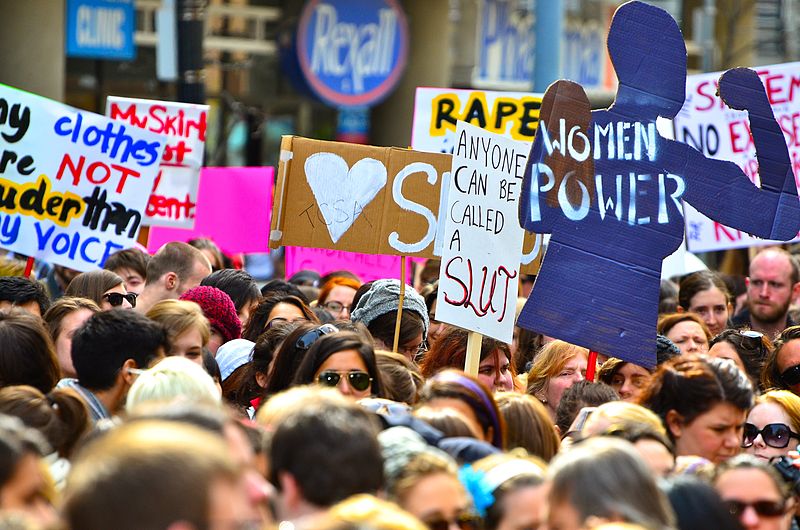Introduction
The key difference between first, second, and third wave feminism is that the first wave focused on suffrage, the second wave on reproductive rights, and the third wave on female heteronormality. These movements emerged due to the marginalization of women in patriarchal cultures.
What is First Wave Feminism
First-wave feminism took place in the 19th and early 20th centuries and aimed to secure women’s right to vote and address other legal issues. It began at the Seneca Falls convention in 1848 and challenged the prevailing beliefs that confined women to their homes as caretakers. This movement inspired later feminist movements and eventually led to women gaining the right to vote in 1920.
What is Second Wave Feminism
Second-wave feminism emerged in the early 1960s and lasted for two decades. It aimed to address issues such as sexuality, workplace equality, family, marital rape, domestic violence, and reproductive rights. This movement criticized male-dominated cultural practices and achieved victories such as the Equal Pay Act and Title IX, which granted women educational equality.
What is Third Wave Feminism
Third-wave feminism began in the United States in the 1990s and continued until the fourth wave in 2010. It focused on areas such as violence against women, body image, trafficking, self-mutilation, and the objectification of women in the media. This movement valued individualism and diversity, challenging the notion of “universal womanhood.” It also gave rise to new feminist theories.
Difference Between First, Second, and Third Wave Feminism
The key difference between the three waves is their focus. The first wave fought for suffrage, the second wave addressed reproductive rights, and the third wave challenged female heteronormality. These differences are summarized in the infographic provided.
Summary
First wave feminism fought for women’s right to vote, second wave feminism addressed reproductive rights and gender equality, and third wave feminism challenged female heteronormativity and celebrated diversity.
Highlights
1. The key difference between first, second, and third wave feminism is the focus of each wave. The first wave was primarily about suffrage, the second wave focused on reproductive rights, and the third wave centered around female heteronormativity.
2. All three waves of feminism emerged as a response to the marginalization of women in patriarchal societies. The first wave began in the 19th and early 20th centuries, the second wave started in the 1960s, and the third wave emerged in the 1990s.
3. Each wave of feminism brought about significant changes and victories for women’s rights. The first wave led to the granting of women’s right to vote, the second wave addressed issues such as workplace and familial rights, and the third wave emphasized individualism and diversity among women while addressing issues like violence against women and media representation.
